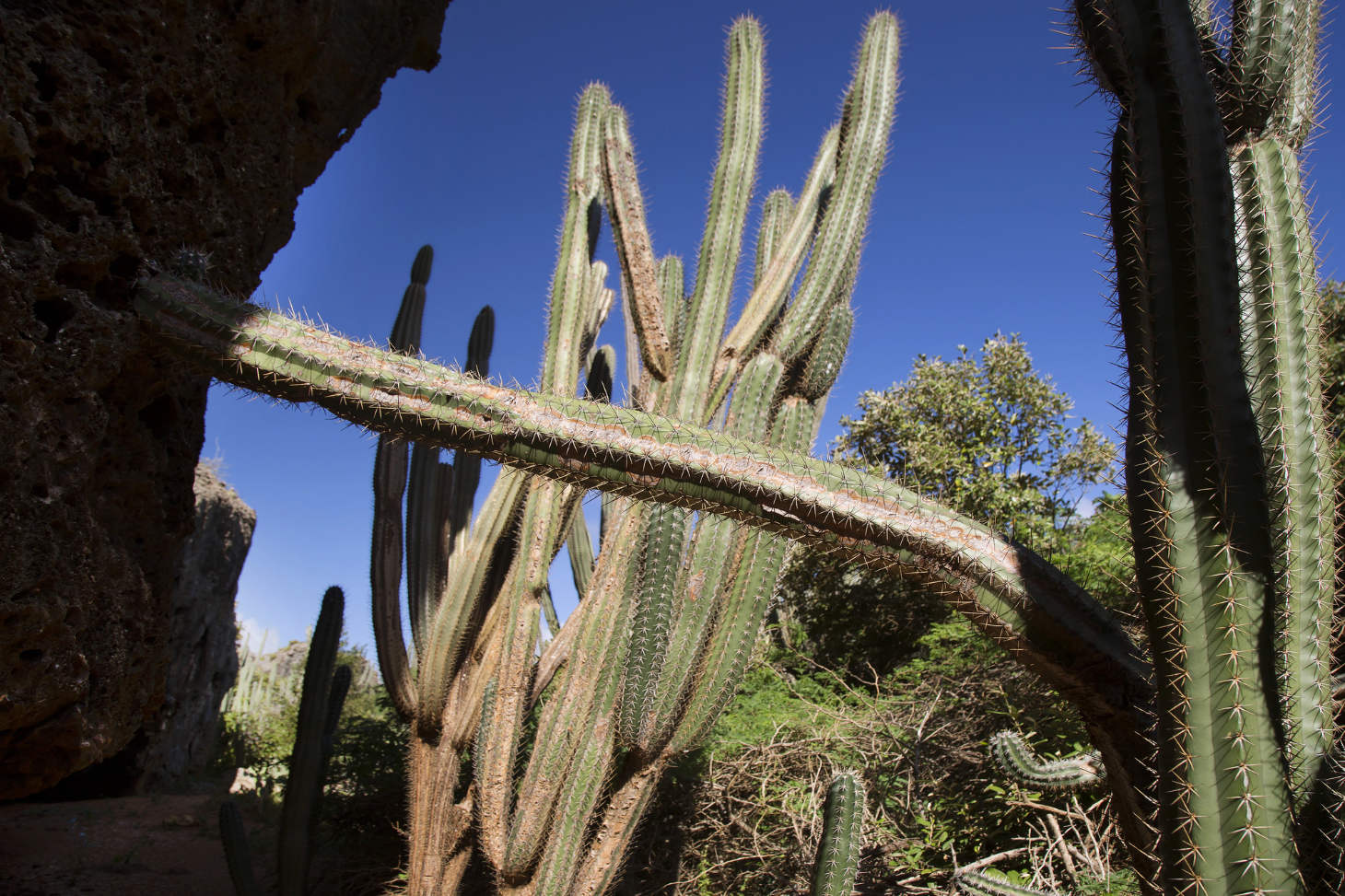Is Your Cactus Falling Over?
Today we discuss some causes and solutions to an unstable looking cactus plant!
Watching your cactus lean and eventually tip over can be concerning, especially when you’ve tried your best to care for it. Cacti, although considered hardy, can still experience troubles that might lead them to lose their balance. If your cactus is falling over, it might be due to factors like improper lighting, poor watering practices, or inadequate soil.
Cacti need certain conditions to thrive and stay upright. When they don’t get enough light, they may stretch out their stems in search of it, causing them to become top-heavy. Overwatering can weaken roots, making it even harder for the plant to support itself. Ensuring that your cactus has well-draining soil is crucial to its stability.
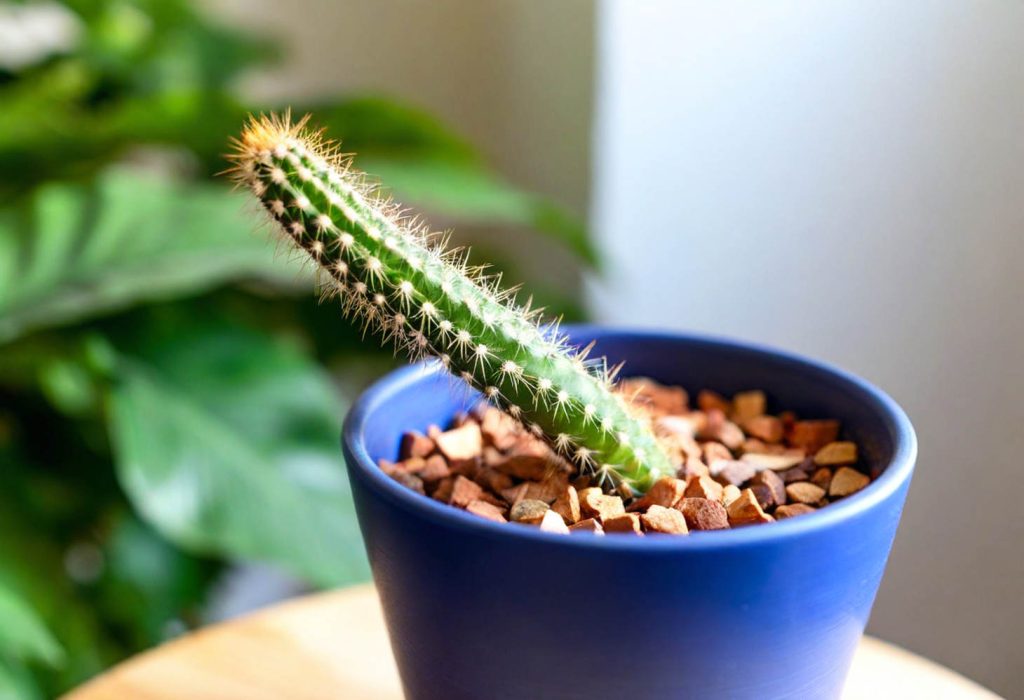
To keep your cactus standing tall, consider adjusting its care routine. Make sure it receives plenty of sunlight and avoid watering it too often. Use sandy, well-draining soil to help keep the roots healthy, and provide support with rocks or stakes if needed. A few small changes can make a big difference in keeping your cactus upright and thriving.
Key Takeaways
- Proper light and soil help cacti stay upright.
- Overwatering can weaken cactus roots.
- Adjust care to prevent falling over.
Understanding Cactus Biology
Cacti are unique plants with special adaptations that allow them to thrive in desert environments. The root systems and structural features like the saguaro cactus’s arms are key to their survival and stability.
Root System Adaptations
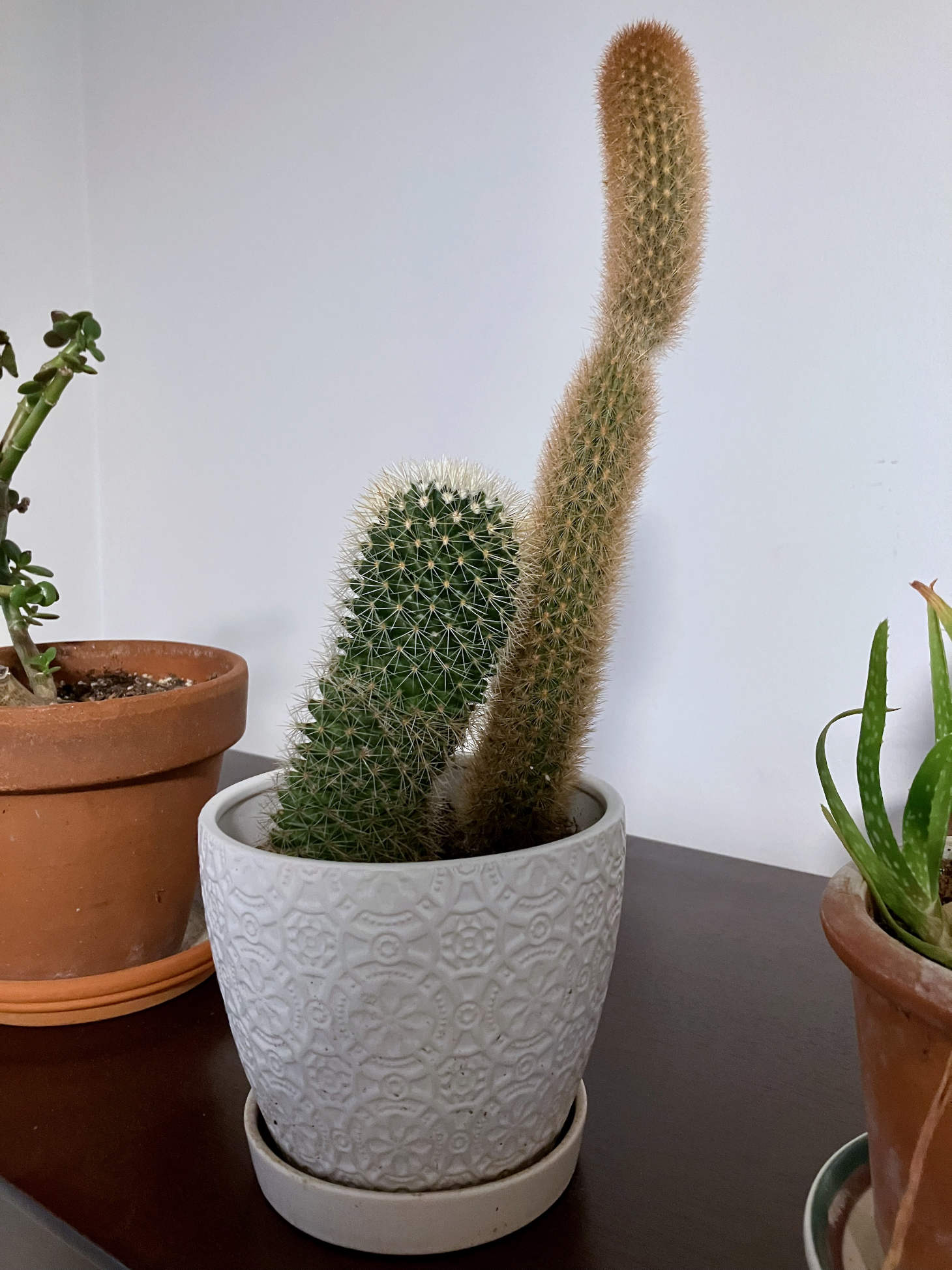
The roots of a cactus are designed to collect and store water efficiently. They are usually shallow and spread out wide, allowing them to quickly absorb rainwater. Some cacti have taproots to reach deeper water sources.
These adaptations are vital because cacti often grow in areas with infrequent rain. If the roots are confined in a small pot, your cactus might not get the support it needs, which can lead to it falling over.
Healthy roots also help anchor the cactus. If the roots rot due to overwatering, the cactus could lose balance and start leaning. Ensuring your cactus is planted in well-draining soil prevents root issues.
Saguaro Cactus Structure
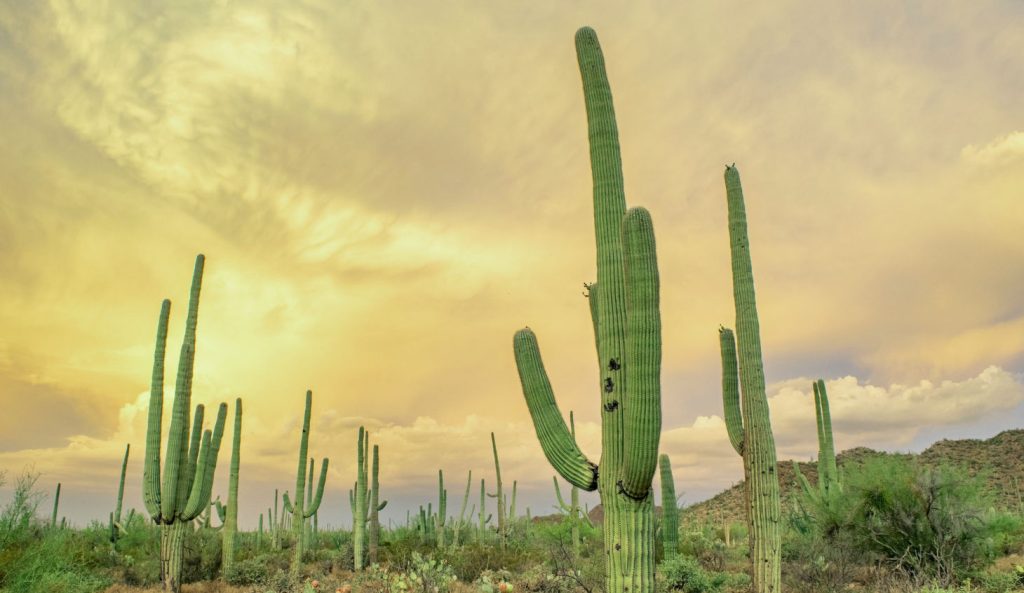
The saguaro cactus is known for its tall stature and arm-like branches, which can become quite heavy. These arms help store water and are a key feature in how this cactus survives long dry periods.
If a saguaro cactus loses its arms, it can indicate problems like disease or damage. The arms primarily enhance reproduction by increasing flower and fruit production. Arms also aid in water storage and maintaining balance.
Proper sunlight and soil conditions help maintain a healthy structure. Understanding how the arms and trunk work together can help you manage your cactus’s growth and prevent it from leaning or falling over.
Environmental Factors Influencing Stability
Environmental factors such as extreme heat and heavy rains can greatly affect the stability of cacti. These conditions can lead to issues like root rot and weakened stems, resulting in cacti toppling over.
Impact of Extreme Heat
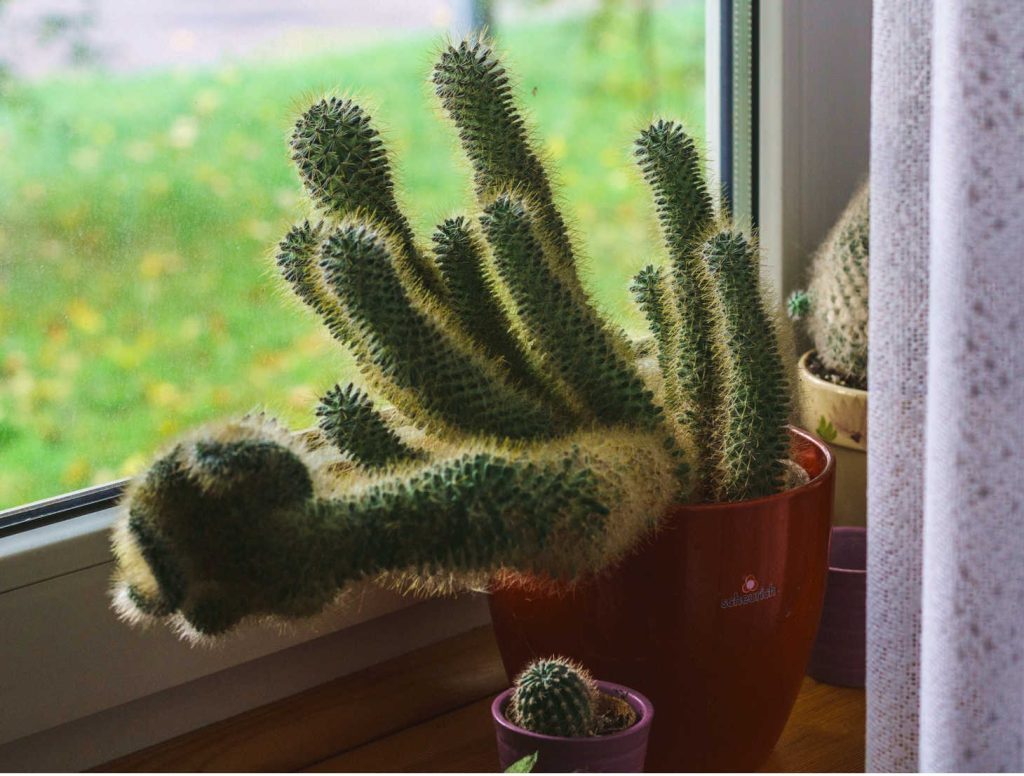
Extreme heat can be tough on cacti, affecting their stability. During a heat wave, temperatures soar, causing water in the soil to evaporate quickly. This can leave cacti dehydrated, causing their stems to weaken.
Climate change can amplify these conditions, with prolonged droughts becoming more common. Without adequate water, a cactus may not develop a strong root system. Weak roots make it harder for the cactus to stand firm.
To help your cactus endure the heat, consider providing partial shade during peak sunlight hours. A shaded spot can reduce stress and prevent overheating. Make sure the soil retains some moisture but drains well to support a sturdy root structure.
Heavy Rains and Soil Erosion
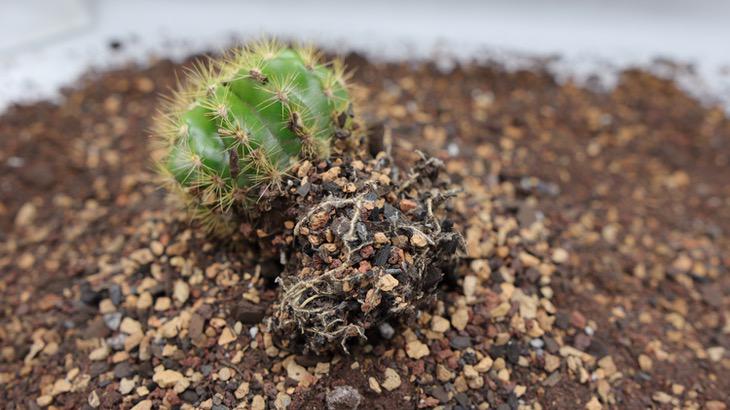
Heavy rains bring heavy downpours that can lead to soil erosion. This erosion affects the soil’s structure, making it difficult for a cactus to stay anchored. As the soil washes away, roots may become exposed.
When roots are not firmly in place, the cactus is more likely to fall over. The added weight of rain-saturated soil can further stress the plant’s stability.
To combat this, ensure your cactus is planted in well-draining soil. A pot with drainage holes can help prevent waterlogging. Position your cactus in an area where water is less likely to collect, especially during heavy rains. Protecting the roots is key to maintaining cactus stability.
Human and Faunal Interactions
When considering why a cactus might fall over, it’s essential to examine how human activities and animals can impact their stability. In areas like Arizona, urban development and rodent activity significantly influence cactus health and growth.
Urbanization Effects in Arizona
Urban development in Arizona, particularly around Phoenix and Tucson, affects cacti by altering their natural environment. As cities expand, land conversion often leads to habitat loss for native cacti. Large cacti, like the saguaros in the Sonoran Desert, face physical disturbances such as construction activities.
Urban landscapes can also result in soil compaction and changes in drainage patterns. These changes impact a cactus’s root system, making it harder for them to anchor securely in the ground.
Rodent Damage and Cacti
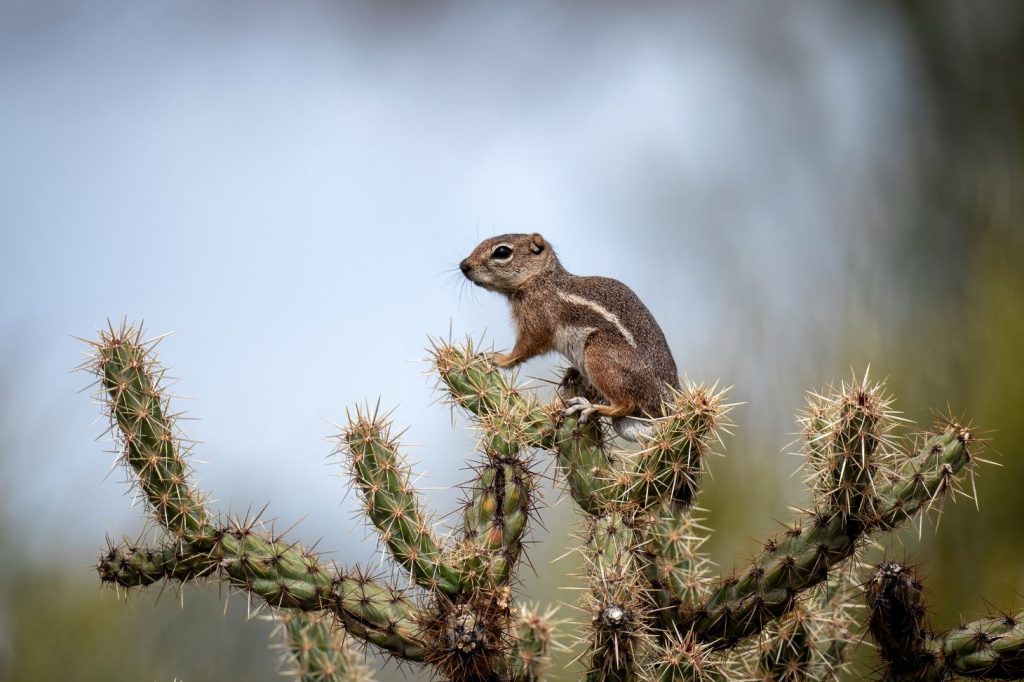
Rodents are another factor affecting cactus stability. Rodents, like pack rats, are common in the Sonoran Desert. They eat at the bases of cacti, damaging the roots and making them more prone to toppling. This is particularly concerning for young or smaller cacti which have less developed root systems.
Rodent burrows may also destabilize the soil around the cactus. This activity can loosen the earth, causing the cactus to lean or fall during strong winds or rain. Understanding these interactions can help in managing cactus health and preventing them from falling over.
Preventing and Addressing a Falling Cactus
Cacti may lean or fall due to issues such as root problems or incorrect watering. By maintaining their health and knowing how to rehabilitate them if damaged, you can ensure they stand tall.
Maintaining Healthy Cacti

To keep your cactus upright, proper care is crucial. Use well-draining soil to prevent root rot and support strong growth. Ensure your pot has adequate drainage holes to avoid waterlogging. Maintain appropriate watering schedules; cacti generally prefer less frequent, thorough watering.
Ample sunlight is also key. Place your cactus in a well-lit area, mimicking its natural desert environment. The right amount of sun helps prevent your cactus from stretching or leaning.
Occasionally, use a small amount of fertilizer to boost growth. This encourages healthy roots and leads to a more stable cactus.
Rehabilitating Damaged Cacti
If your cactus falls, start by inspecting for internal damage. Gently check the base where roots meet the stem. If the roots are damaged, consider repotting the cactus.
Use rocks or stakes to stabilize it while new roots develop. This will help your cactus stand tall again. If overwatering is the cause, reduce the frequency and allow the soil to dry between waterings.
In cases of severe leaning, gently reposition and secure the cactus. A supportive framework made from wood or other materials may aid recovery. Regularly assess your cactus’s needs, ensuring a balanced environment.
Frequently Asked Questions
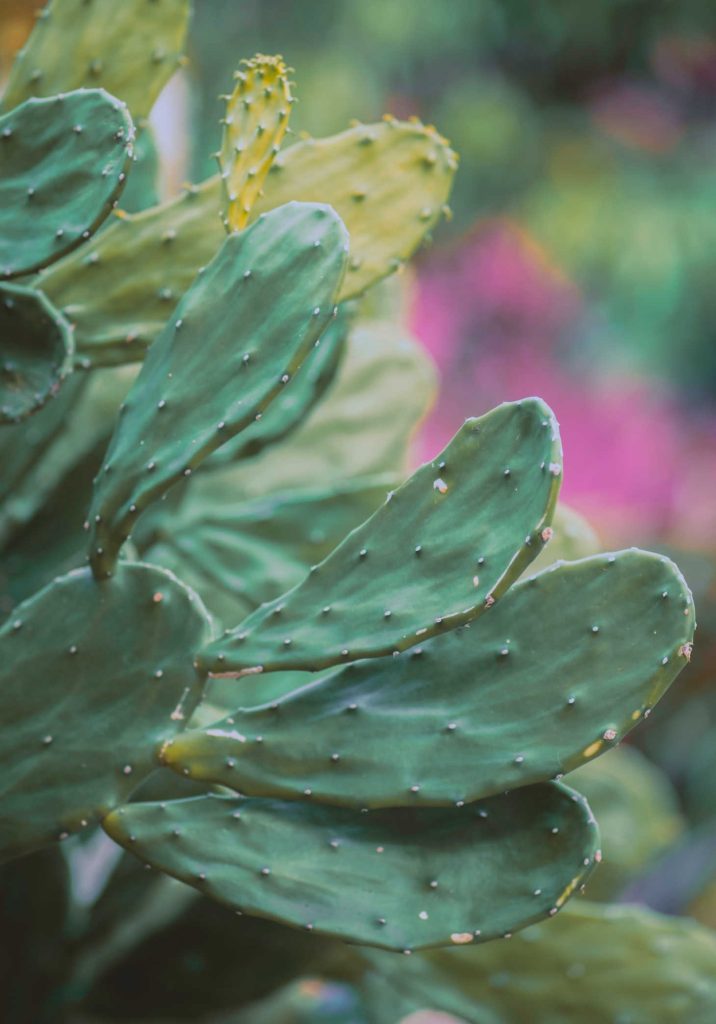
Understanding why a cactus falls over can help you keep it healthy. Key issues include improper pot size, sunlight, and soil conditions.
Why is my cactus leaning and what can I do to correct it?
Your cactus might lean due to insufficient sunlight, which causes it to grow towards the light source. Ensure it receives bright, direct sunlight for several hours a day. If it’s still leaning, consider turning the plant occasionally to keep it balanced.
What steps should I take if my cactus falls over and breaks?
If your cactus breaks, gently remove any broken parts and let them callous over for a few days. You can then replant the pieces in well-draining soil. Make sure not to water them until they’ve developed some roots.
How do I prevent my cactus from falling over after I repot it?
Use a pot with good drainage and fill it with gritty, well-draining soil. Choose a pot that’s slightly larger than the cactus’s root ball. Avoid using pots that are too big. Press the soil around the base firmly to provide stability.
What methods are available for providing support to a cactus that isn’t standing upright?
You can use stakes or small bamboo sticks to support a struggling cactus. Tie the cactus to the stake with soft material like cloth or string to avoid damaging it. Ensure the support is stable but not too tight, so the cactus can still move slightly.
Can a cactus recover from drooping, and how can I help it?
A drooping cactus can recover if you address the underlying issue. Check for root rot and replace any damaged parts with healthy soil. Adjust watering habits to prevent overwatering. Ensure it has adequate sunlight and consider using support to help it stand upright.

